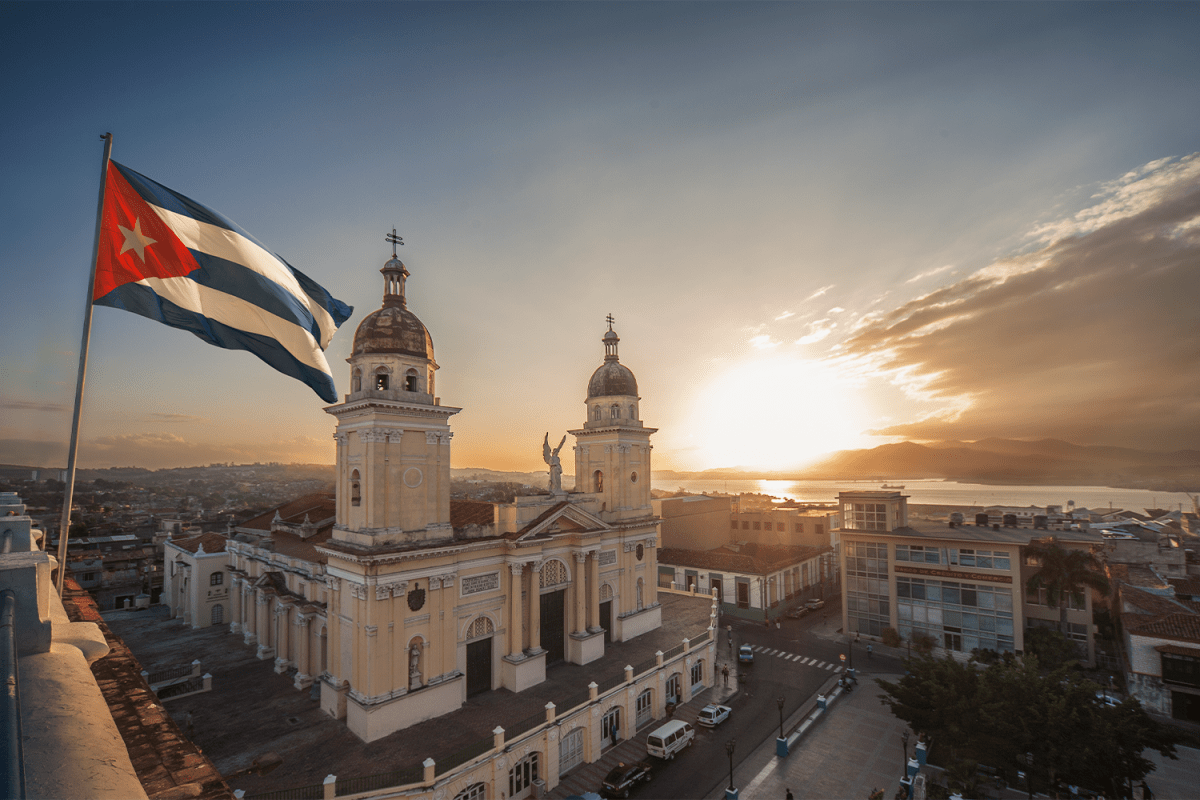As a result of the most recent Omicron surge, the CDC’s highest-risk travel list has grown to include 134 destinations, with more of them categorized as Level 4 — the highest designation — than all of the other categories combined.
Popular tourist destinations like Australia, Canada, France, Peru, Singapore, Spain and the U.K., which have have long been counted as Level 4’s, were joined this week by countries including Armenia, Cuba, Democratic Republic of the Congo, Israel, Japan, Libya and Oman. Per a new report from CNN, the list contained just 80 destinations at the start of January.
But here’s the thing … people are still traveling. Further, people are still traveling to (and from) a lot of the countries on the highest-risk travel list. Chalk it up to pandemic fatigue or what have you, but the CDC’s Level 4 categorization is no longer the kiss of death that it once was. The U.K., for example, has been considered a Level 4 since July 2021; this week Skift published a report which noted that the demand for flights in Britain is creeping up on pre-pandemic levels.
Instead, the conversation has seemingly shifted from “Here are the places to avoid” to “Here’s how to navigate those places, even in the midst of a country-wide outbreak.” Most of the countries listed CNN‘s “Best Destinations to Visit in 2022” are parked at Level 4, which rings true for just about every roundup of its kind. And the longer the CDC’s list gets, the less merit it seems to hold — presumably because people have begun adopting the mentality that if COVID is everywhere, does it actually even matter?
It’s also likely the same mentality driving various countries to drop their COVID-centric restrictions altogether, despite still managing an excess of positive COVID cases. Ireland, for example, scrapped all of its restrictions just a week after having the second-highest rate of infection in Europe. At that point, it’s almost understandable — if not also a little questionable — why travel restrictions might start to feel a bit flimsy.
Of course, this is not to say that Omicron has had no bearing on the state of travel whatsoever — air travel in particular took a pretty significant hit in early January — nor that people shouldn’t be mindful of the COVID situation when selecting a destination for their next trip. But it is an acknowledgement that the tides have ostensibly turned: what was once considered gospel has been reduced to just one more COVID-related notification that people are willing to overlook in the name of a return to normalcy.
Thanks for reading InsideHook. Sign up for our daily newsletter and be in the know.


















